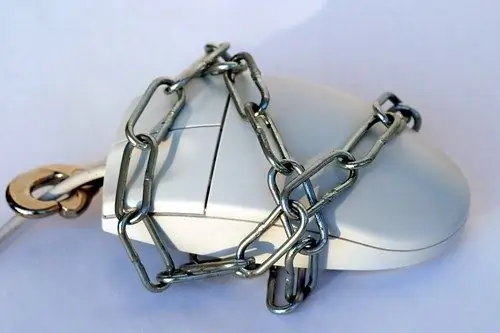- Author Lauren Nevill [email protected].
- Public 2023-12-16 18:48.
- Last modified 2025-01-23 15:15.
All browsers have the option to save the password. Stored passwords are cached for user convenience. You can use this function on your home PC, but using it on someone else's computer is undesirable, as it can lead to the loss of confidential data.

Necessary
- - computer;
- - browser;
- - the Internet.
Instructions
Step 1
The browser will offer to save the password when you use the data entry form on any resource. By saving them, you save yourself the trouble of remembering your username and password and save time when you visit the resource again. At the moment of entering the login and password, a dialog box or panel at the top pops up, on which you will see the buttons "Save", "Not now", "Never save".
Step 2
Press the appropriate label depending on the situation. If you clicked the "Do not save" button, when you re-work with the resource, you will have to re-enter your username and password. To prevent confidential data from being saved, after completing your work on the Internet, be sure to close the browser window.
Step 3
Some services, such as e-mail, offer password storage. In the form for filling in the login and password, pay attention to the lines "Stay logged in", "Remember me" and just do not check the box next to this line if saving data is not required. When completing work with the service, be sure to close the web page, or better the browser itself.
Step 4
The function responsible for user privacy is in the browsers themselves. Internet Explorer saves information based on applicable rules. The "Autocomplete" function, for example, allows you to quickly fill out login and password entry forms. The browser will offer to enable "Autocomplete" only the first time you visit a resource.
Step 5
If the user confirms the use of the function, the entered data will be stored encrypted. To completely disable the function, click "Tools", select the "Internet Options" line, then the "Content" tab and click "Settings" in the "Autocomplete" section. Clear the check boxes for the options you do not want to use.
Step 6
Some browsers have an option called "Incognito Mode". If you use it, no information about visiting sites, entering passwords is saved. Activate this mode if you do not want traces of your presence to remain on your PC. This option corresponds to the parameters of complete confidentiality.






